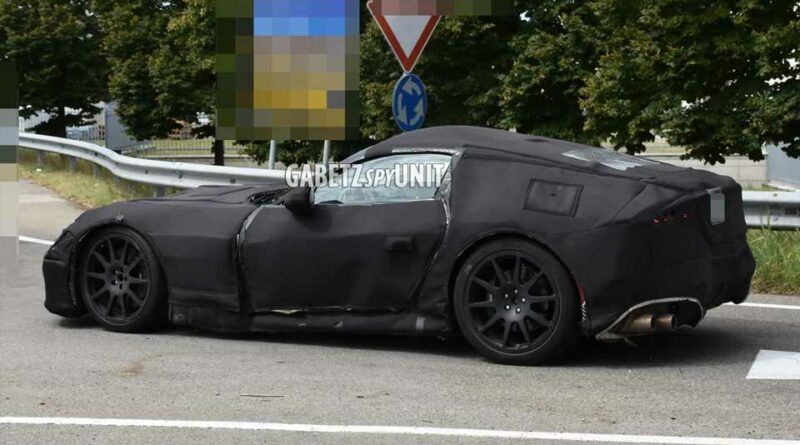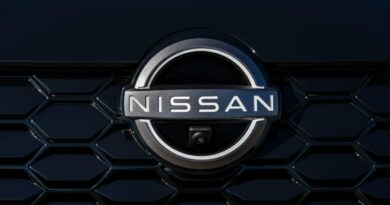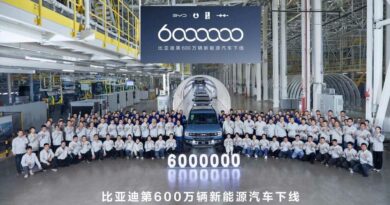New Ferrari V12 Supercar Looks Sleek With Production Body Despite Camo
The 812 Superfast doesn’t feel all that old but it has been around for about six and a half years, having debuted at the Geneva Motor Show in March 2017. The GTS convertible followed in September 2019 while the hardcore Competizione versions of the two body styles landed in May 2021. While supercars don’t follow the typical life cycle of 6-7 years, increasingly stiffer competition forces elite brands to renew their models sooner.
We’ve been spying on Ferrari’s new front-engined supercar for a while now, but this is only the second time we’re seeing the V12 machine with the full production body. Our first encounter was in May, and this fresh batch of shots provides us with a better look of what will be among the last twelve-cylinder cars from Maranello. It’s draped in camouflage to conceal the final body whereas previous prototypes were seen carrying modified Roma bodies.
Ferrari 812 Superfast replacement spied with production body
Judging by the exposed area behind the rear wheels, the low-slung supercar hides a red body underneath the disguise. That long hood and heavily sloped roofline remind us of the 812 Superfast’s spectacular silhouette. The new V12 Ferrari has cutouts at the front for the headlights that honestly make us think of the iconic F40. At the rear, it seems to forgo the quad round taillights of its predecessor in favor of thin horizontal bars.
As for the twelve-cylinder monster, Ferrari has already said it has the know-how to extract more than the 830 hp found in the 812 Competizione while meeting increasingly stricter emissions regulations. Hopefully, that doesn’t mean they’ll turbocharge the 6.5-liter V12. If forced induction is not on the agenda, we are not expecting a major bump in output since it’s trickier to accomplish with a naturally aspirated engine.
Lamborghini has kept the V12 alive in the Revuelto by adding electrical assistance to lower emissions. However, it’s unclear whether Ferrari will do the same, although we wouldn’t be too surprised considering the V6 and V8 engines have already been turned into PHEVs. As long as the V12 remains, we’re happy.
Source: Read Full Article



